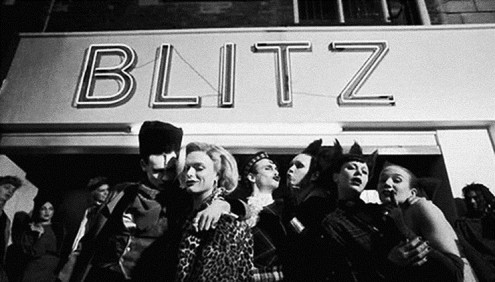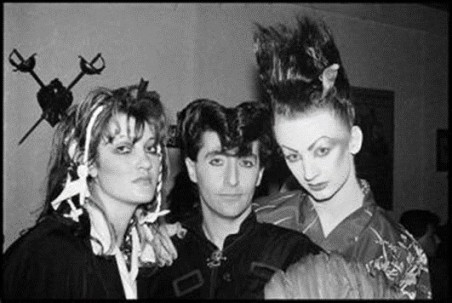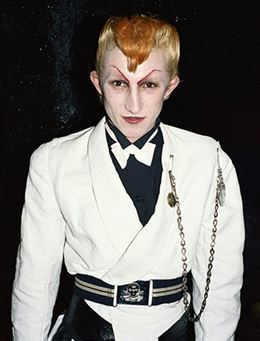It’s time for another installment of ‘80s protest songs. In my last post, I focused on the anti-apartheid movement and how artists helped bring this issue to a broader audience. This time around I’ll be focusing on songs that dealt with the backlash against Ronald Reagan and his policies. There were countless artists who spoke out against the administration’s policies, such as cuts to social programs and taxes for the wealthy, deregulating the EPA, and the rise of capitalism. It would take another post to cover protests over the administration’s military policies.
The B-52s’ song “Channel Z” is pretty much an indictment of the Reagan administration as a whole wrapped up in a fun, upbeat tempo. But mostly this song is a condemnation of the deregulation of the media under the administration and the constant feeding of mass information to an all too eager public. It was the debut single off the 1989 album Cosmic Thing. Although not achieving the success of other songs from the album, such as “Love Shack,” and “Roam,” it did reach #61 on the UK Singles Chart.
One of my favorite songs off R.E.M.’s 1987 album Document is the opening track, “Finest Worksong.” The song is basically a rousing call to arms against Reagan capitalism delivered in an almost sermon-like form. It was the third, and last, single to be released off the album. It reached #50 in the UK but failed to chart in the U.S. A slightly lighter-sounding version of the song is included on the greatest hits compilation, Eponymous. It’s the brighter version that Pete Buck felt should have been on Document but I think I’ll have to disagree with Mr. Buck on this one.
The Ramones also joined the fray with their song “Bonzo Goes to Bitburg.” The single, released in 1985, was a protest to a visit Ronald Reagan paid to a military cemetery in Bitburg, Germany. Along with members of the German army, there were also several members of the Waffen SS (a branch of the Third Reich) buried there. The Ramones were joined in protest by holocaust survivors, US politicians from both sides of the aisle, and many countries in Europe. To stem the tide of criticism, a visit to a concentration camp was added to Reagan’s agenda. The single was not released in the US and as an import became a minor success on college radio. Retitled “My Brain is Hanging Upside Down (Bonzo Goes to Bitburg),” the song was included on the 1986 album Animal Boy.



